Of course.

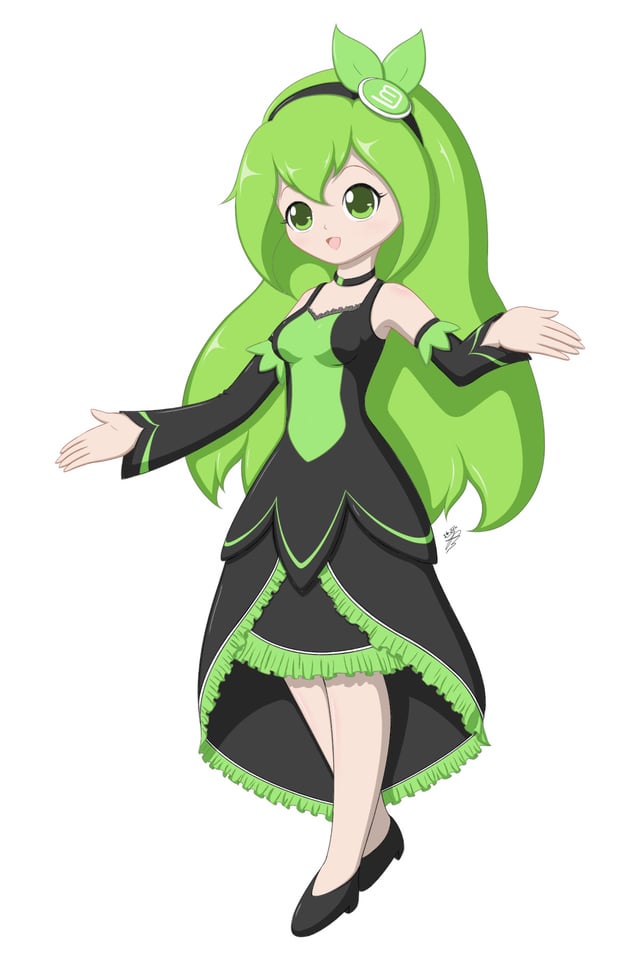

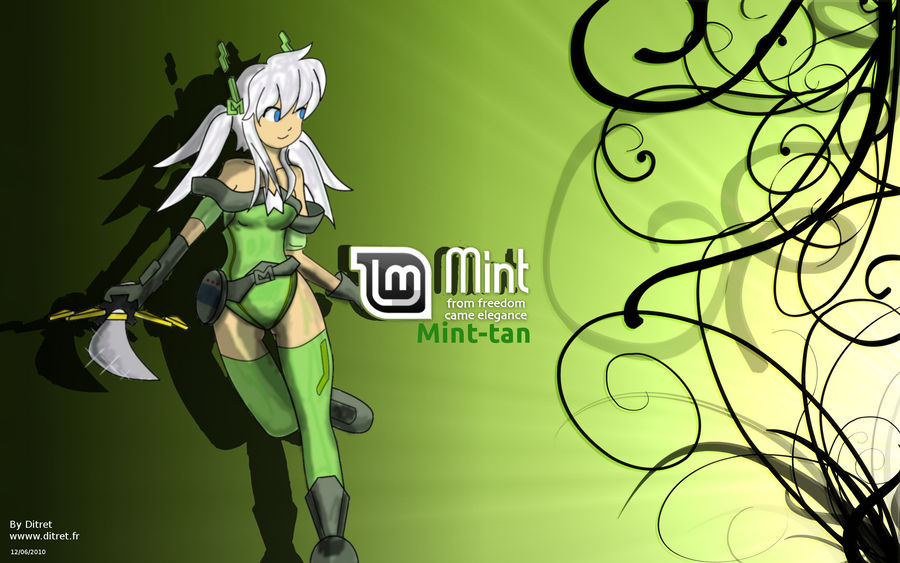
ChaoticNeutralCzech
Actually, shaggy mane (Coprinus comatus) is edible.
Rare OC on Lemmy. Thanks for this!
A little voodoo doll version of herself on that spear... Kinky
ᖇ𝘦𝚏𝑒𝚛𝑒𝘯𝘤𝑒⤦
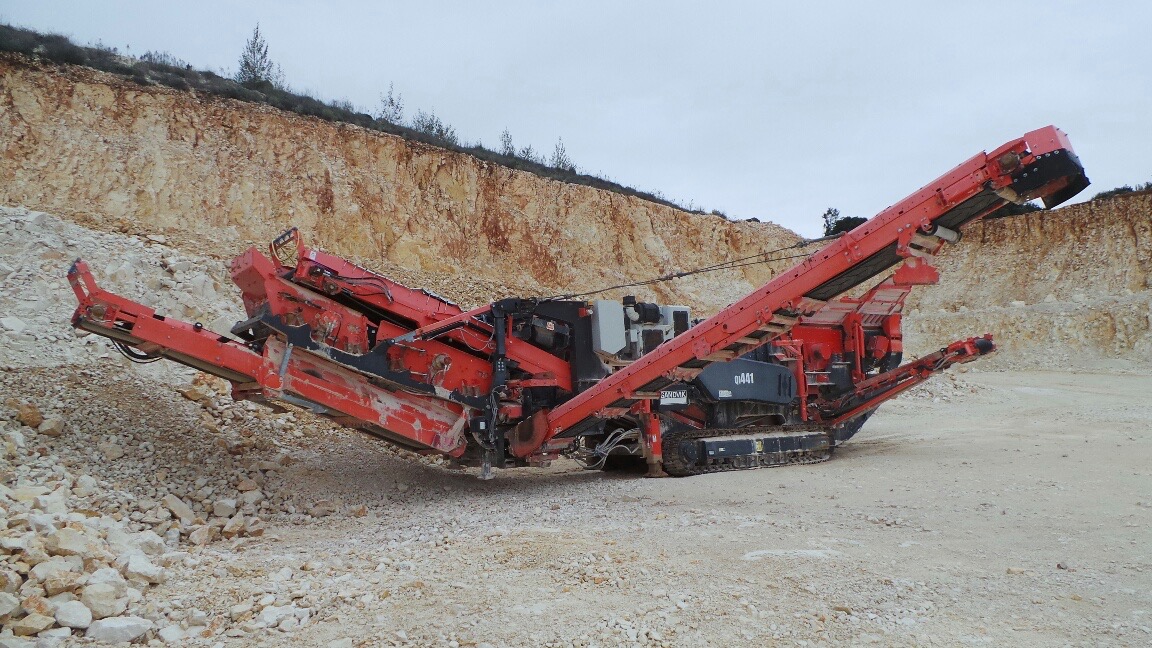
It's the legs, you...
Four, actually, and it's still missing two from the product it's supposed to represent (they could be removable though).

What is that metal instrument on her back that says "𝔖𝔪𝔬𝔨𝔦𝔫𝔤 𝔎𝔦𝔩𝔩𝔰"?
And the hat features a quote from Homer's Iliad:
...Ύπνω και Θανάτω διδυμάοσιν.
"...of Sleep and Death, who are twin brothers." This refers to the fraternal relationship of the respective deieties, Hypnos and Thanatos.
The ship says
Πάσιν ημίν κατθανείν οφείλεται
This is Greek for "Death is a debt which every one of us must pay", a quote from Euripides' play Alcestis.
It is obviously pretending to be a historical artifact but then it proudly says "QUARTZ", indicating there's probably just a cheap modern movement inside.
The waifu is nice though, I like the thigh clasp.
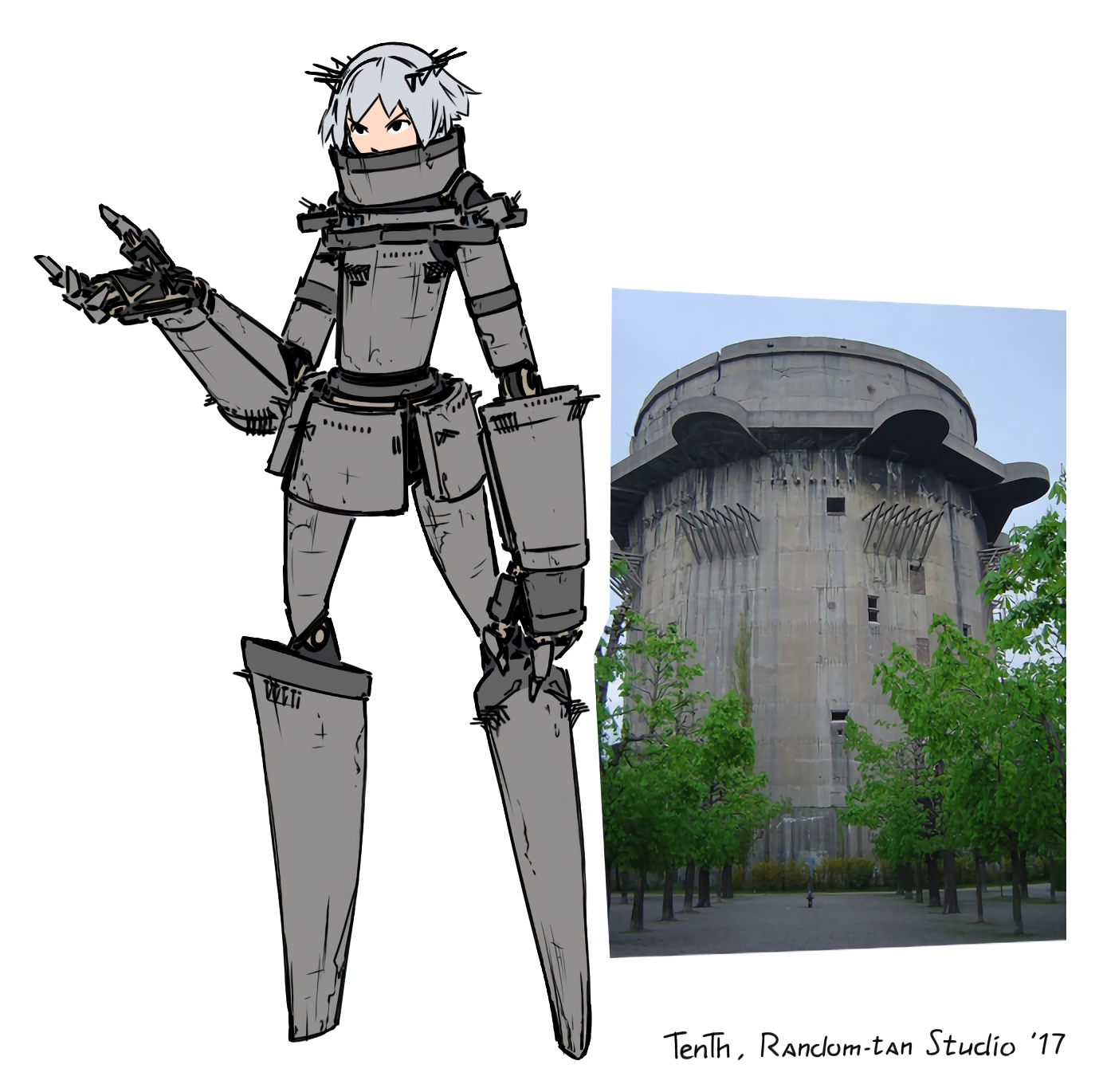
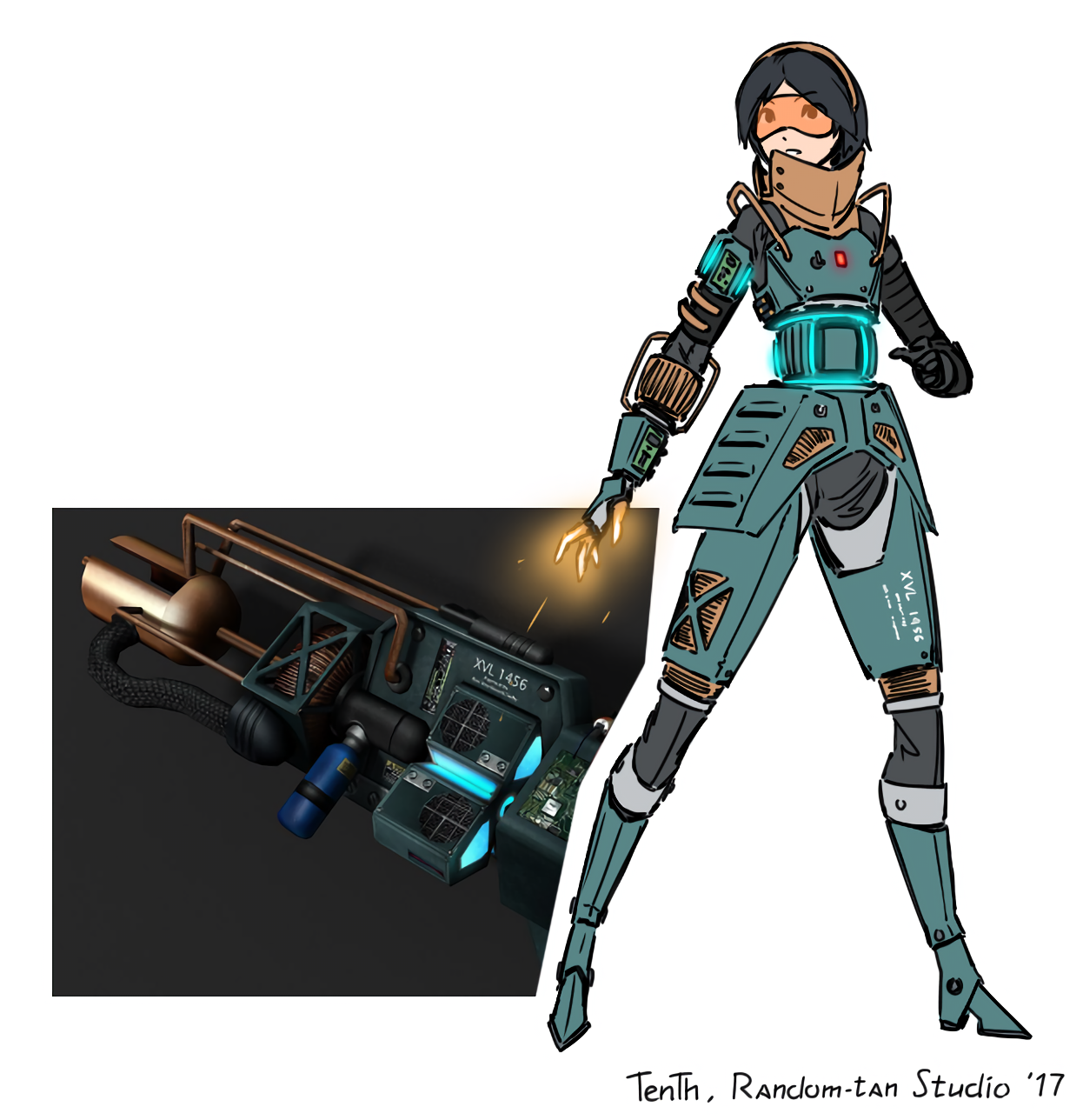
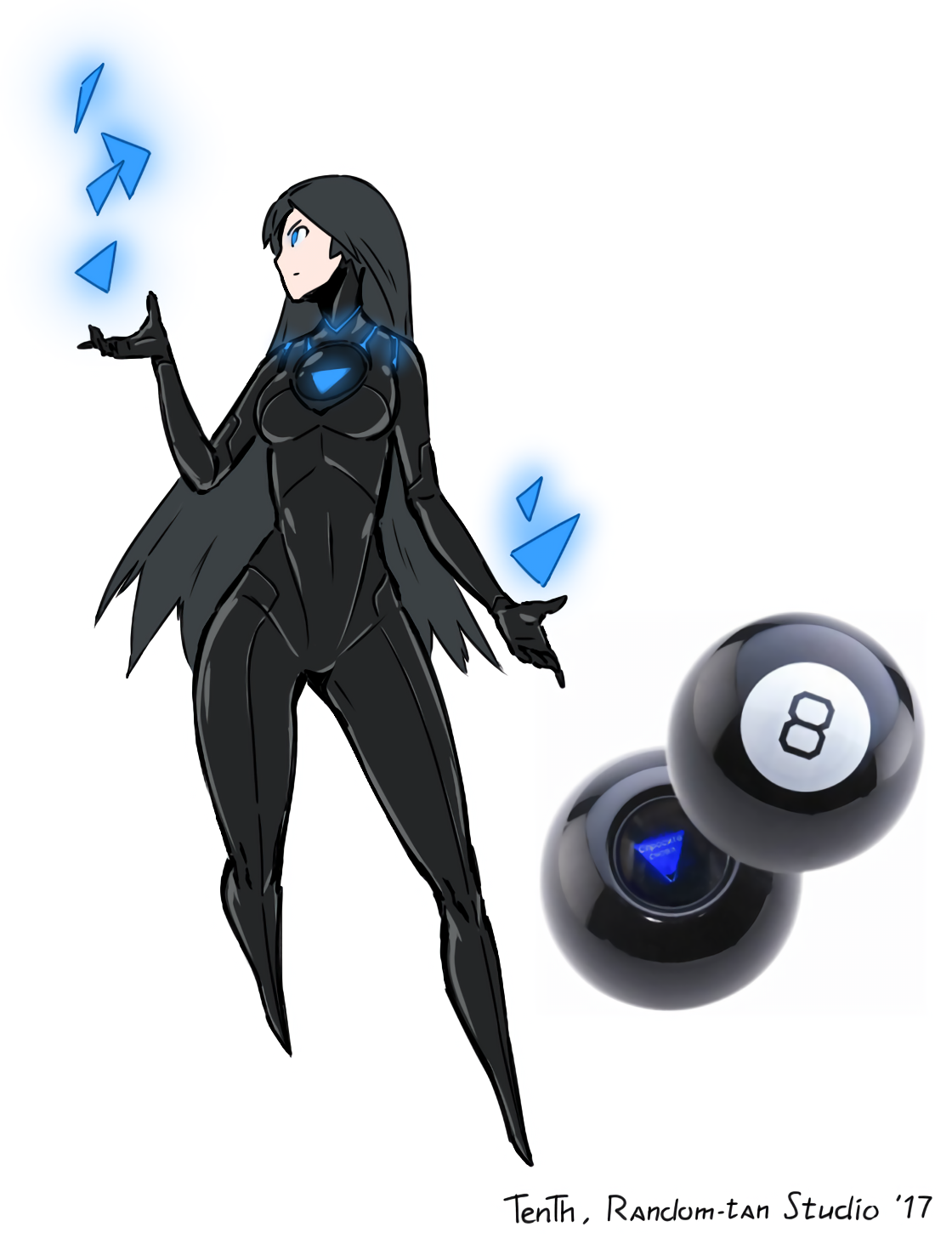

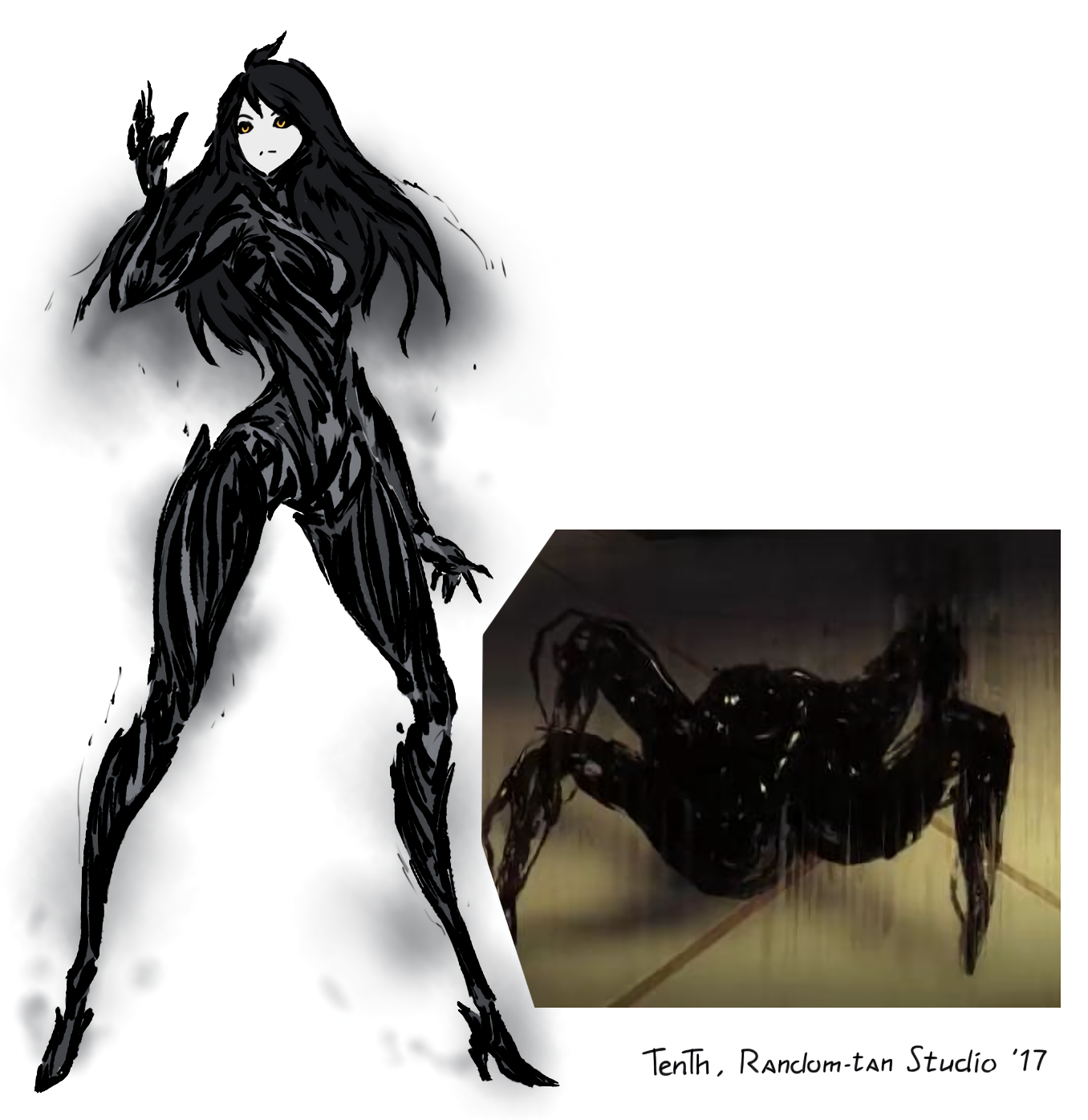
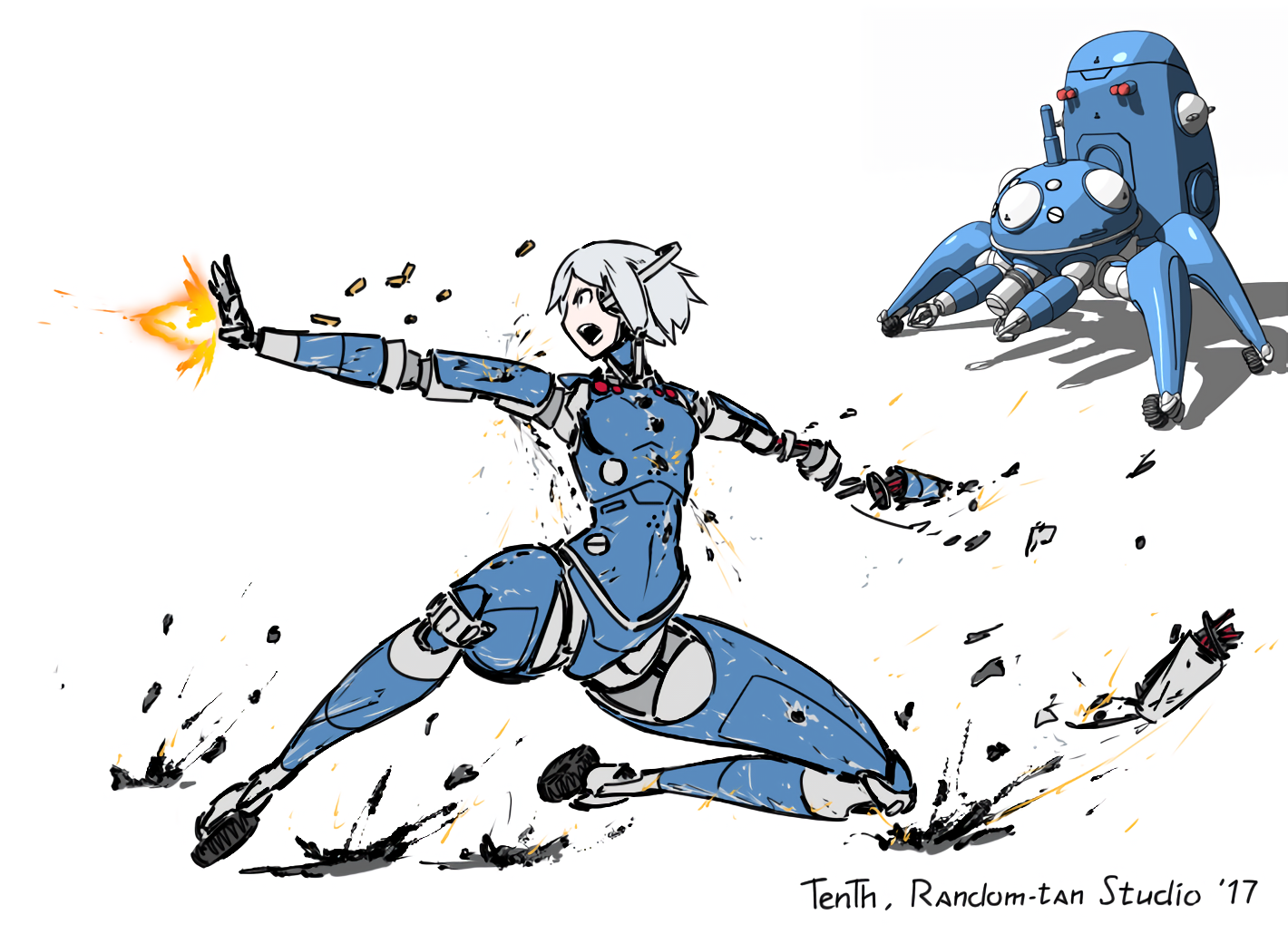
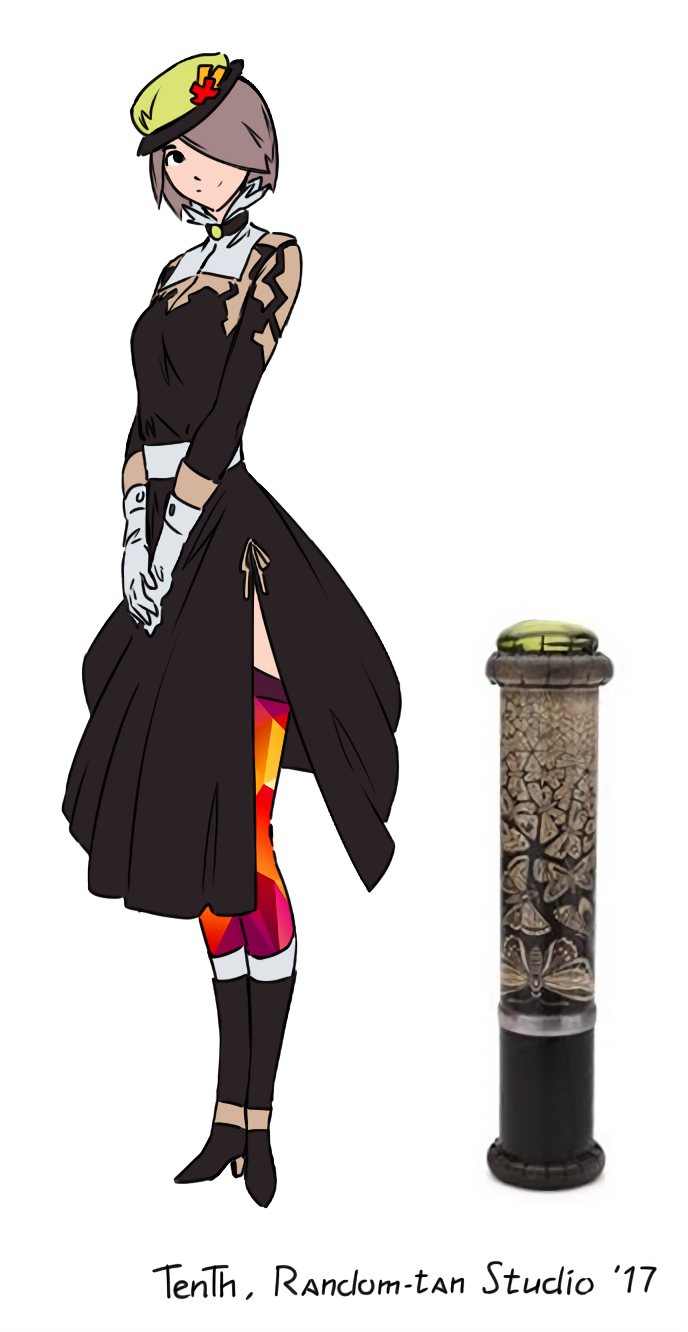
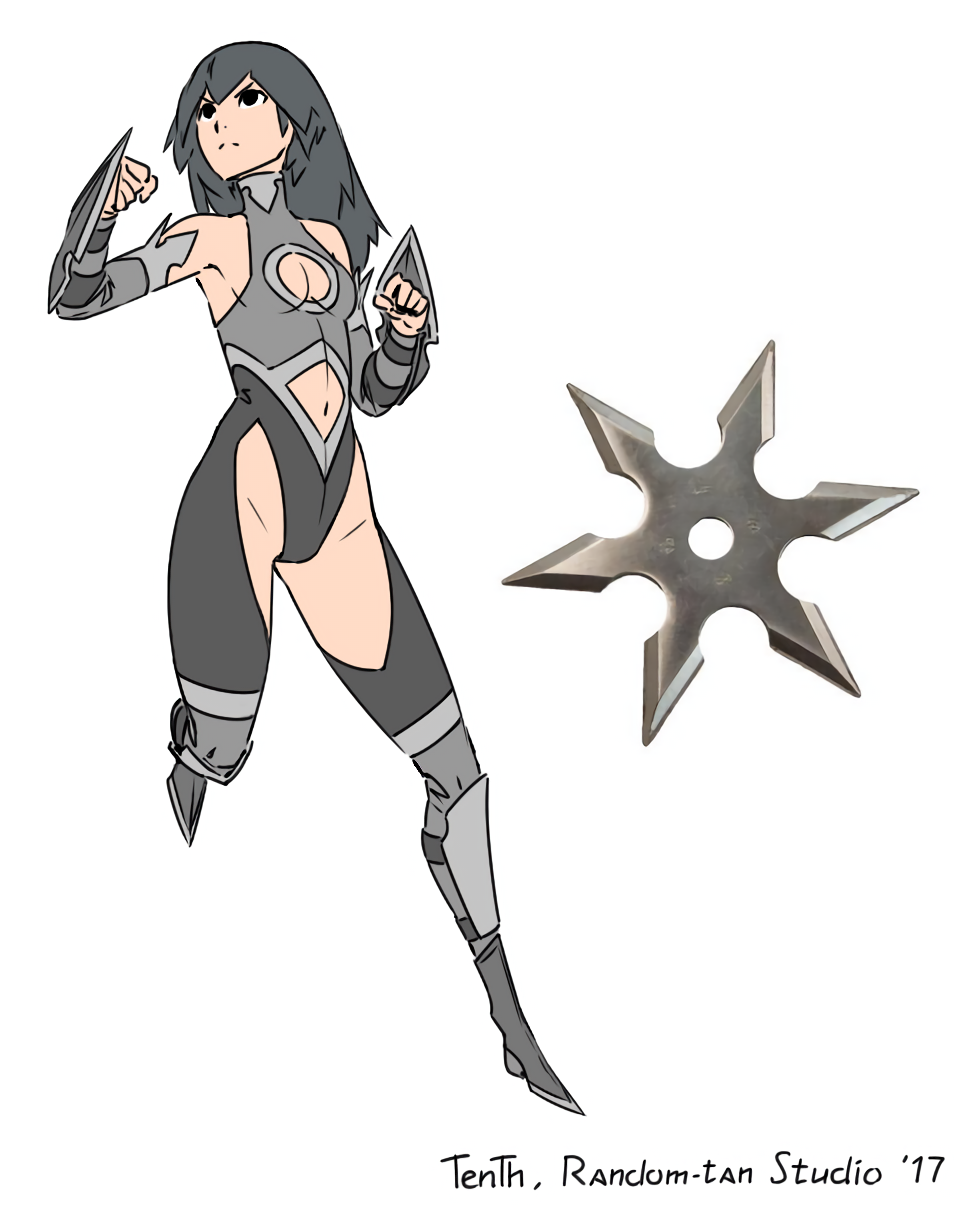
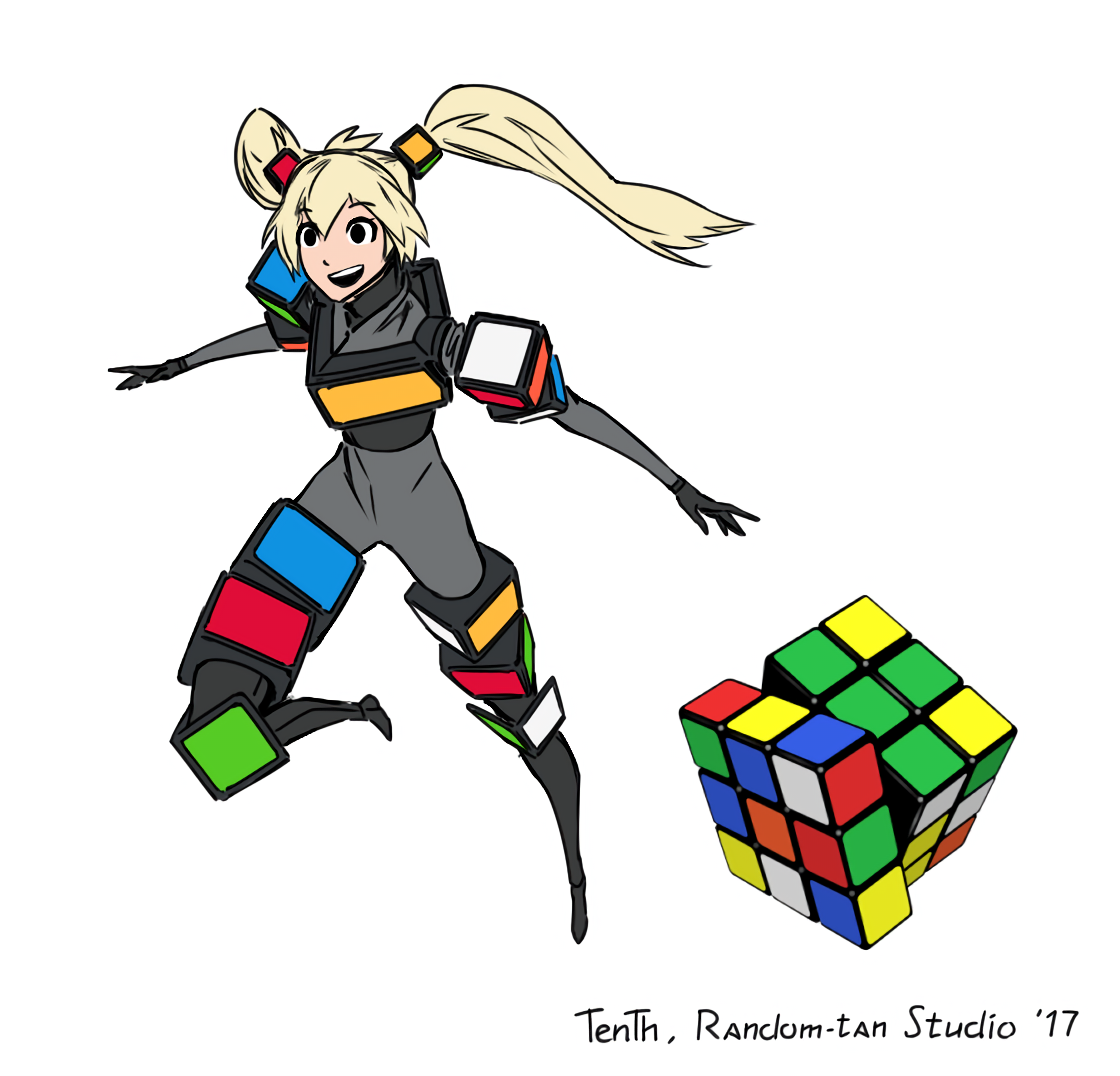
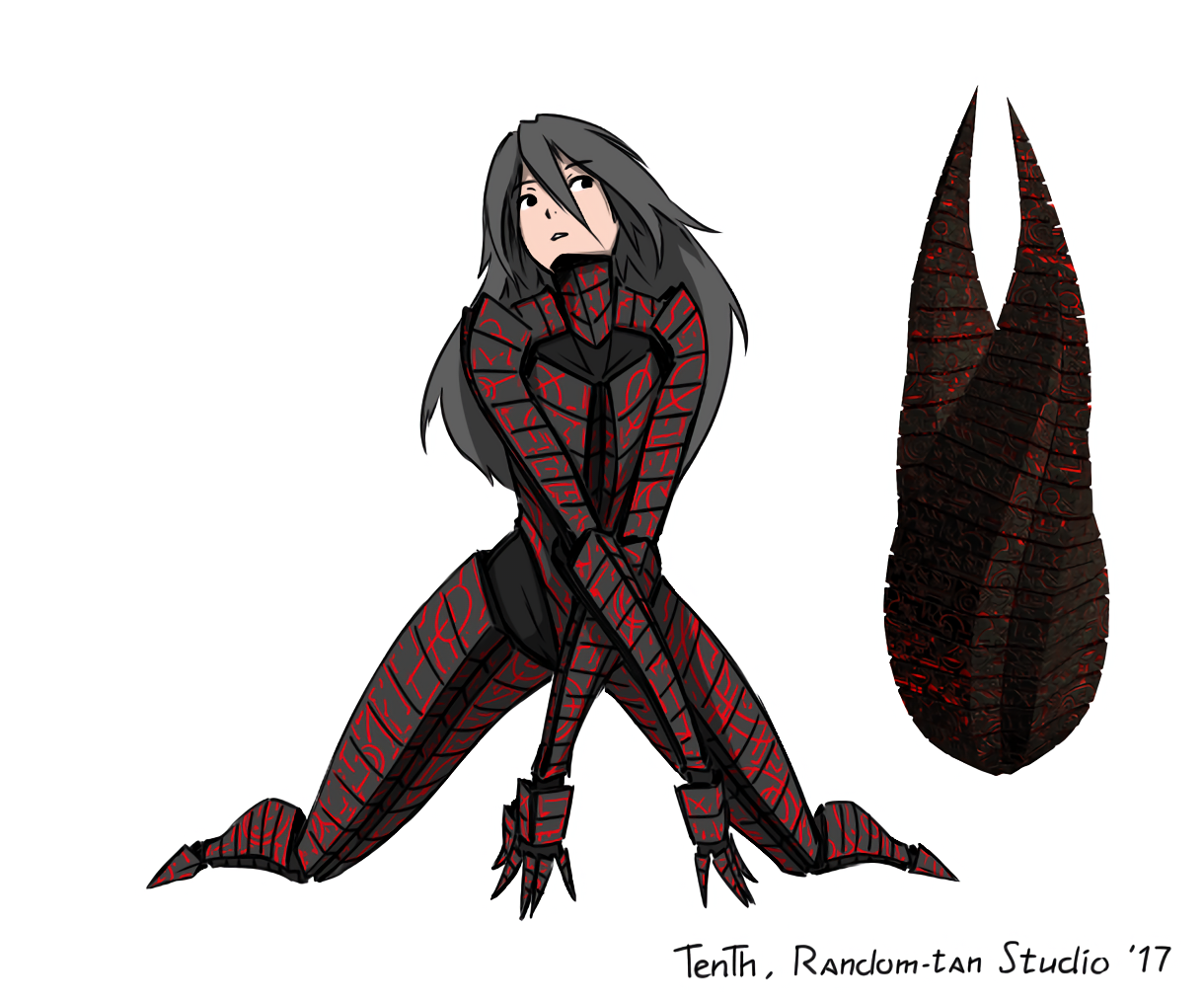

Needs more ads plastered at weird spots.